An Illustrated History of
Microsoft Windows
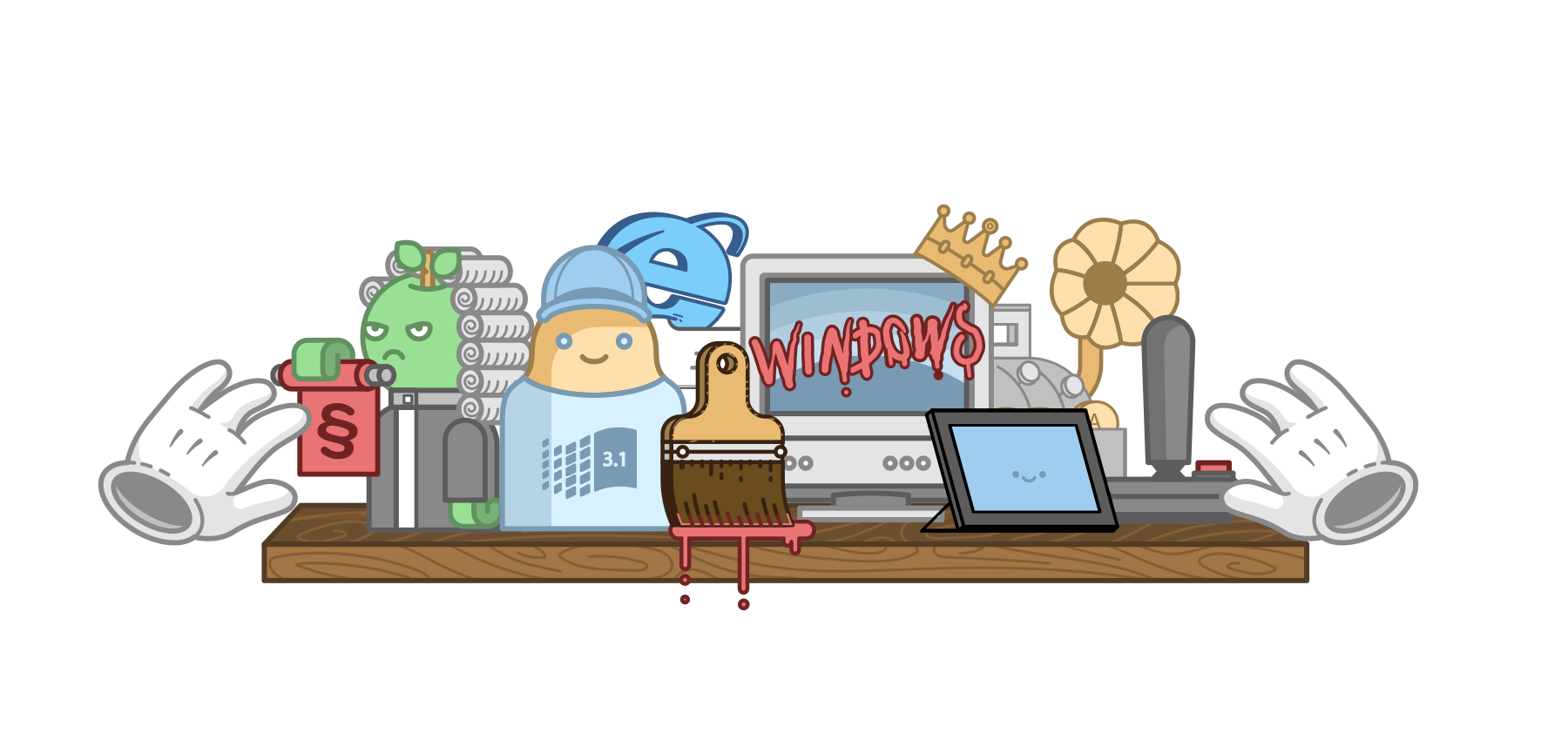

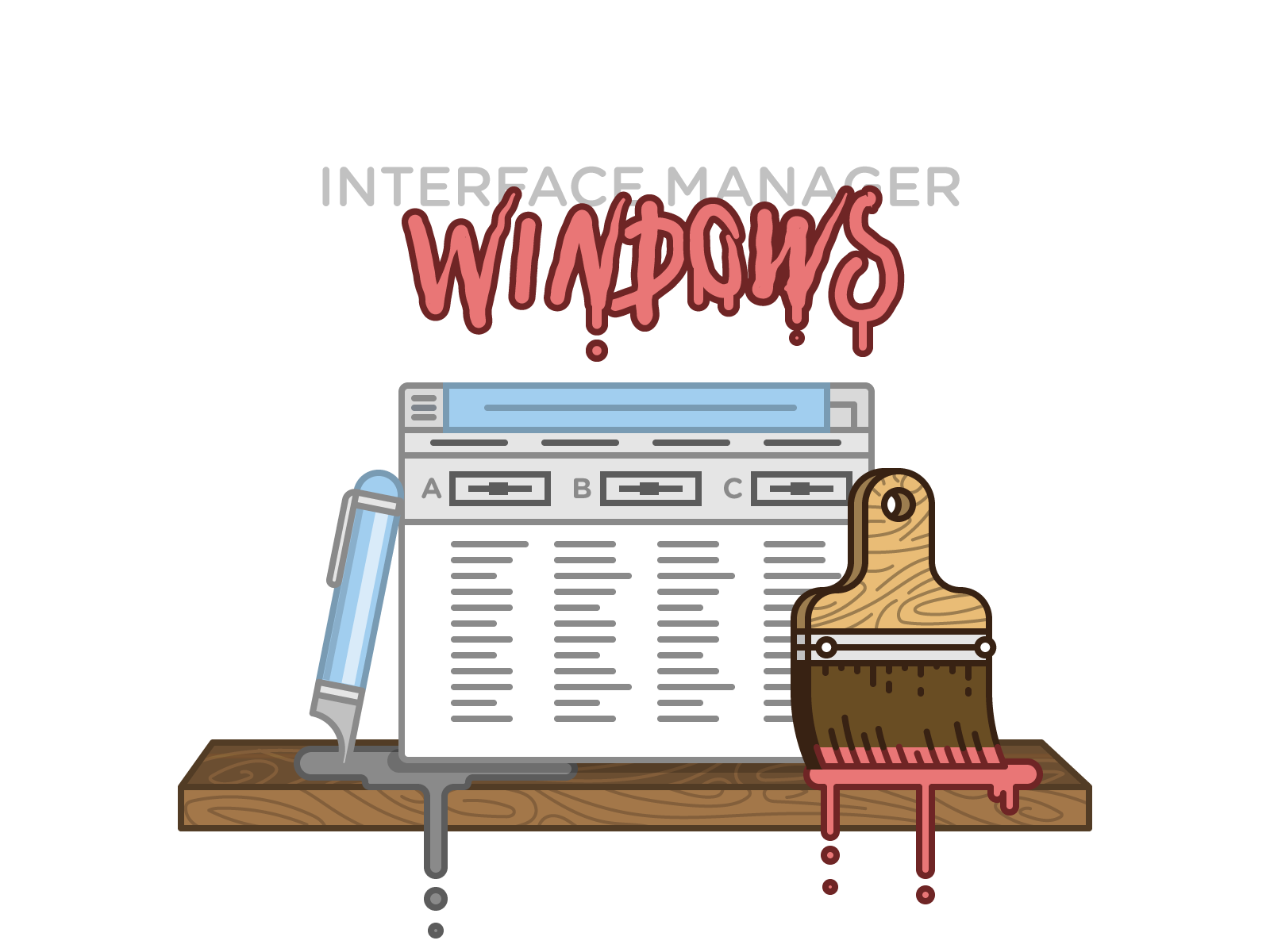
When it first came out, Microsoft Windows was far from the complete operating system that we know now: it was merely an "operating environment" for MS-DOS. And it was almost going to be named Interface Manager...
However, although still very basic, it already contained a host of innovative tools: a simple graphics painting program called Windows Paint, the word processor Windows Write, and (of course) the legendary Reversi board game.
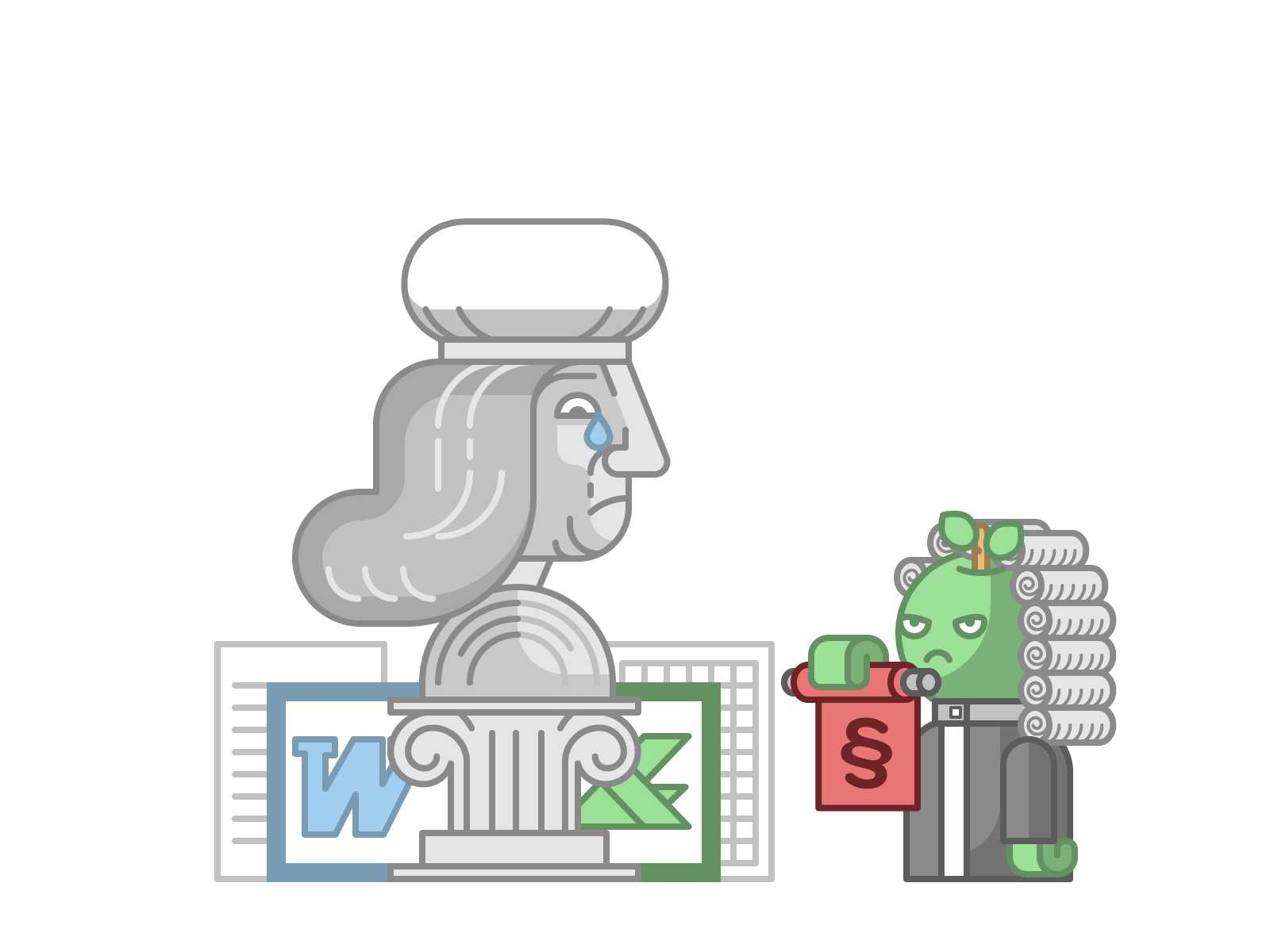
The next major version of Windows introduced two more cornerstones of software history: the famous Excel and Word. But another application was almost more important for Windows' success: Aldus PageMaker, which had only been available on Macintosh until then, made the platform immensely popular.
However, this host of new tools was overshadowed by increasing tensions: Apple, which had licensed many of its user interface patents to Microsoft, felt that Windows had mimicked too much. The great rivalry was heating up!
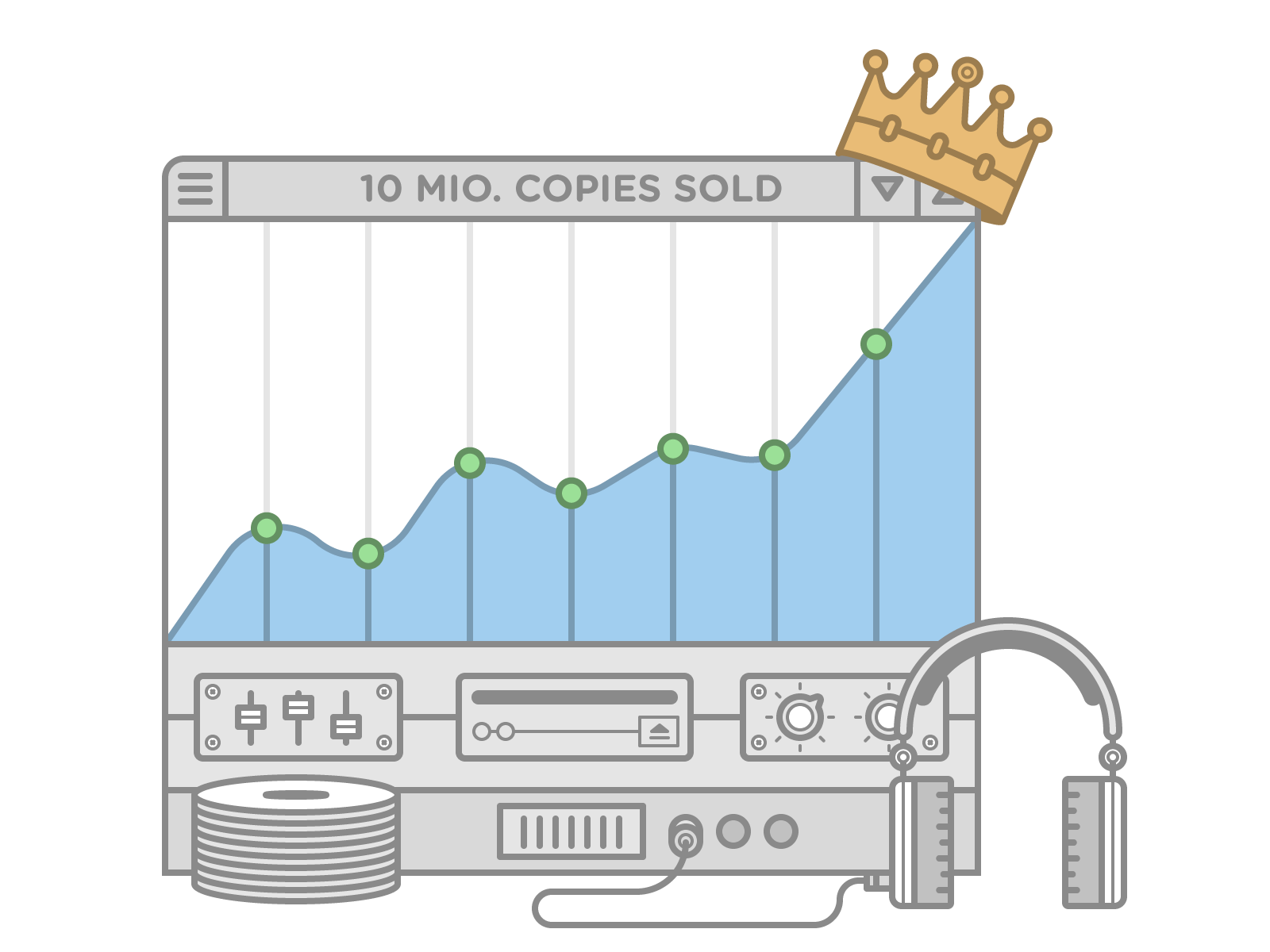
Improved multitasking, the introduction of virtual memory, and a refreshed design finally made version 3.x a serious competitor to the Macintosh's (so far) leading user interface.
Windows 3.1 also marked the birth of the "Multimedia PC": CD-ROM drives and sound cards were the latest craze!
With around 10 million copies sold, version 3.0 had not only become a major source of income for Microsoft - but also a huge success in the world of IT.

Microsoft had joined forces with IBM to develop a successor to DOS. However, the cooperation didn't last for long - and what had been named OS/2 became the all new Windows NT. Windows 3.11 and NT were developed side-by-side until they were unified in Windows XP.
With NT's improved network support and its new NTFS file system, Microsoft catched up with Novell and became a major player in the server market.
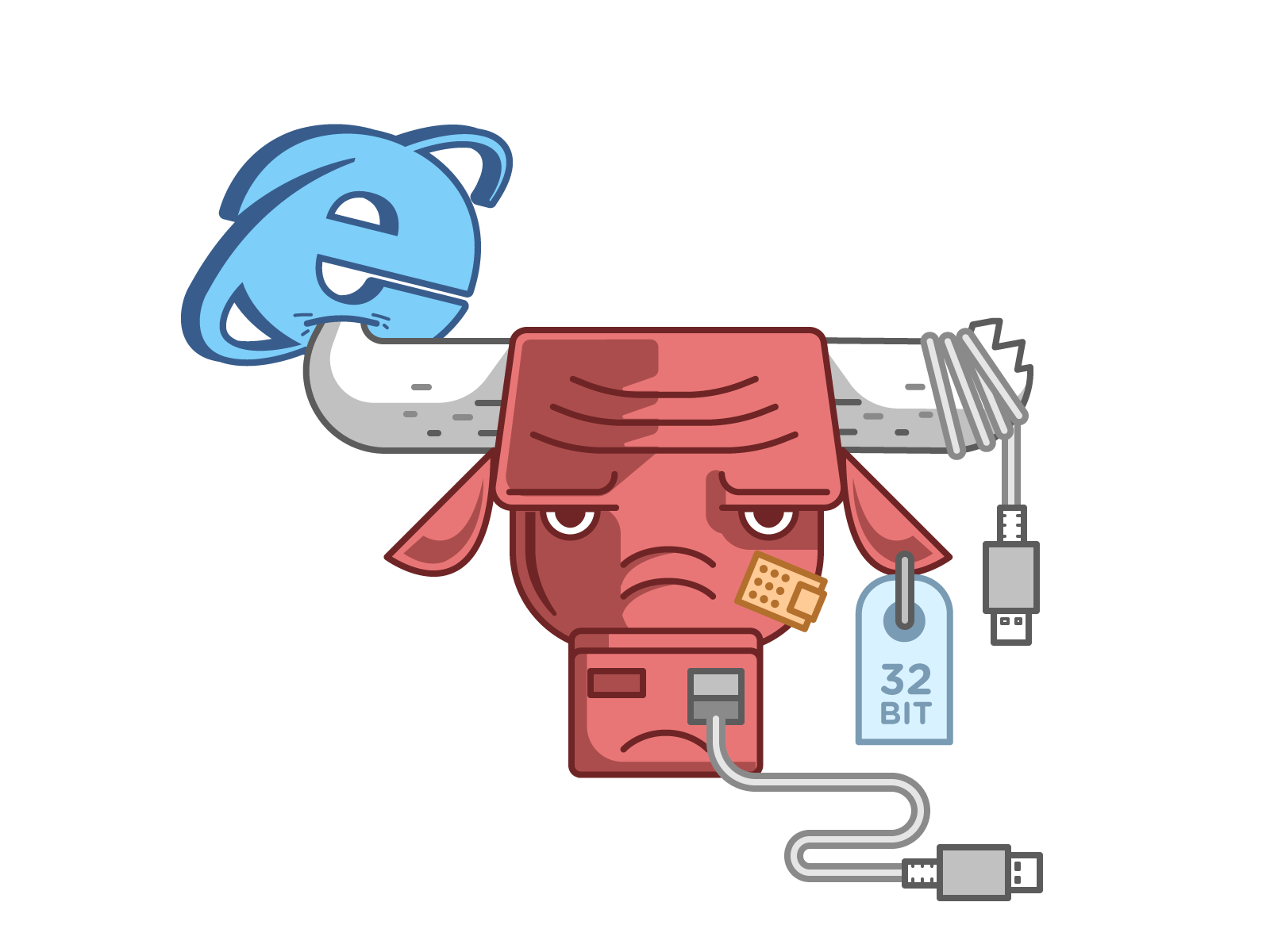
Codenamed Chicago, Microsoft brought concepts from NT over to its consumer line (e.g. support for 32-bit and improved memory management).
However, the need for backwards compatibility and the fact that not all code was changed to 32-bit eventually took its toll: Windows 95 faced a lot of performance & stability issues.
Later versions of Windows 95 introduced the famous Internet Explorer browser and support for the now standard USB system.
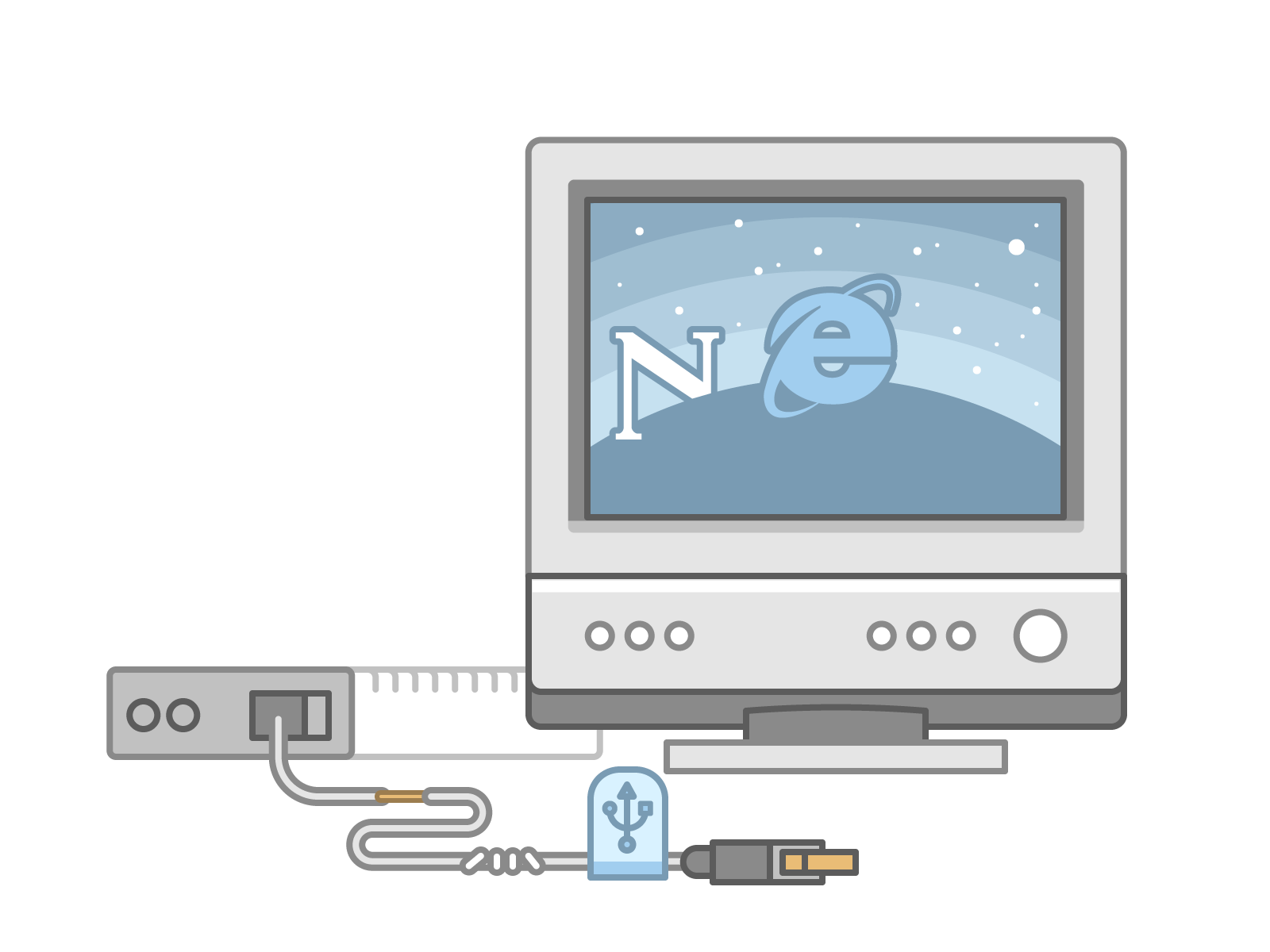
In Windows 98 (which was codenamed Memphis), Microsoft greatly improved USB support. Windows 95, for comparison, had failed to deliver a stable implementation.
Although first introduced in an update to Windows 95, the still young FAT32 file system became more widely used - and made disk partitions larger than 2 GB more common.
1998 also was the year of the "United States v. Microsoft" case: it questioned Microsoft's behavior of automatically shipping Internet Explorer with every Windows installation.

The next version of the Windows NT line introduced Microsoft's new Active Directory service.
Although it was directed at the business market, Windows 2000 also shipped with an improved DirectX. This marked the first time that many modern games were able to run on NT machines.
In one aspect, however, Windows 2000 was also the last of its type: its successors introduced and required the new (and controversial) product activation mechanism.
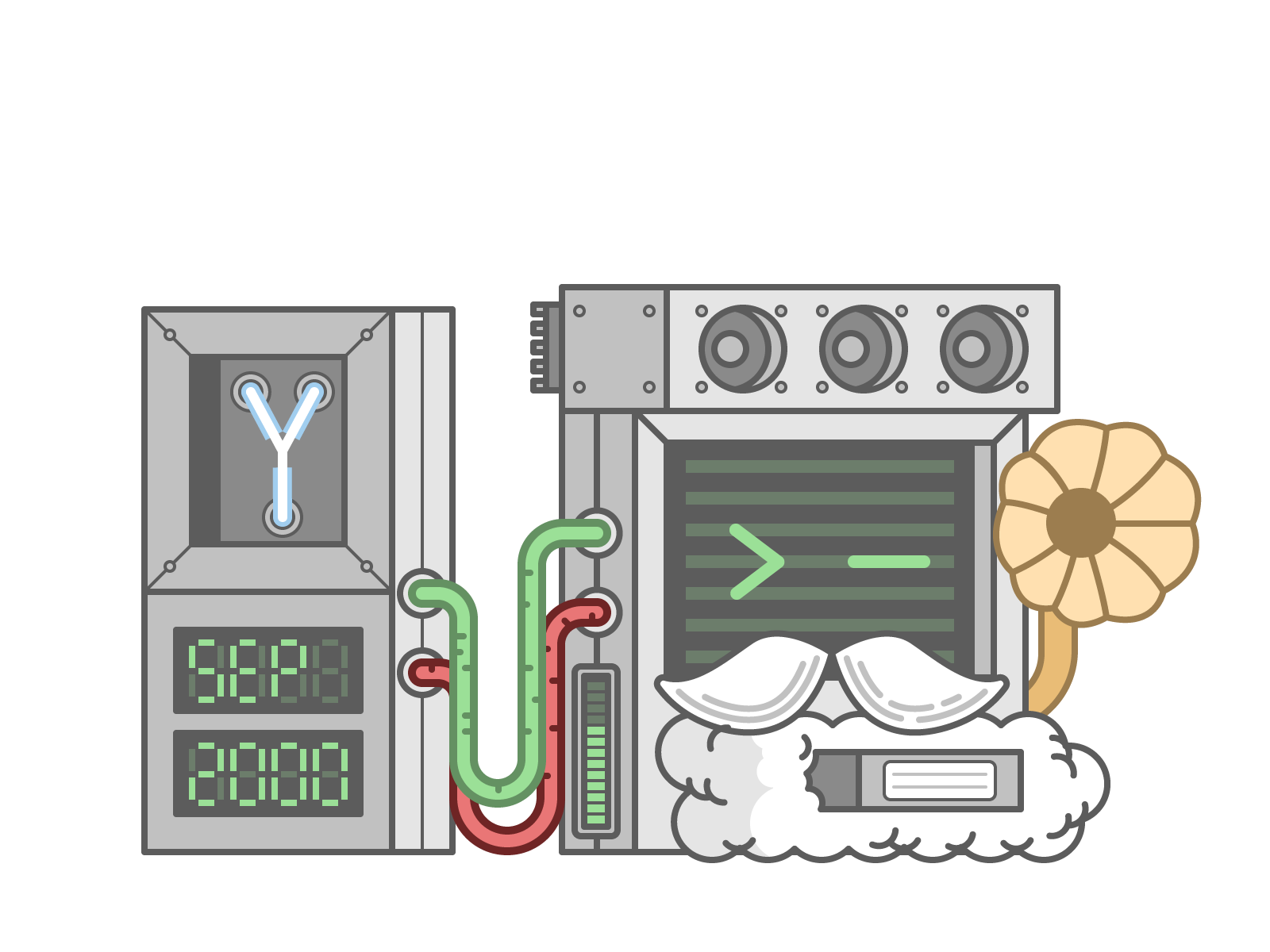
Shortly after, Microsoft published "Millenium Edition" - the successor to Windows 98 and the last DOS-based operating system from Microsoft.
ME laid its focus on multimedia: it introduced Windows Movie Maker and updated the platform's default media application - the Windows Media Player, to version 7.
Additionally, it debuted System Restore as an easily available recovery utility. Apple's Time Machine, although of course not entirely comparable, didn't appear until several years later.
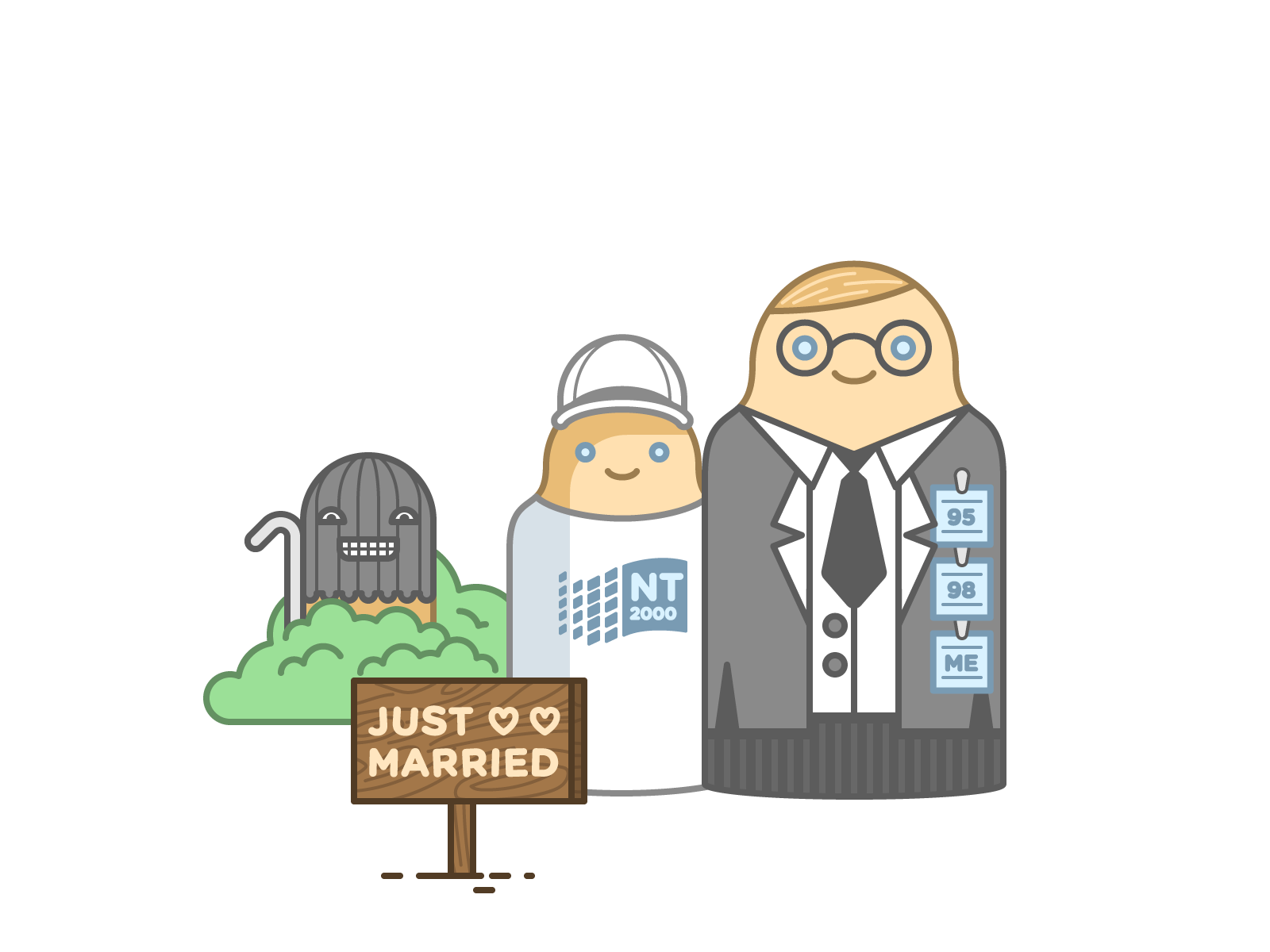
Windows XP marked a special reunion: it finally merged the 95/98/ME and the NT/2000 lines into one system.
Initially, the new XP came with a couple of teething troubles: security concerns, above all, forced Microsoft to publish three Service Packs during XP's lifetime.
In the end, however, it was Microsoft's flagship operating system for almost 6 years - longer than any other version.
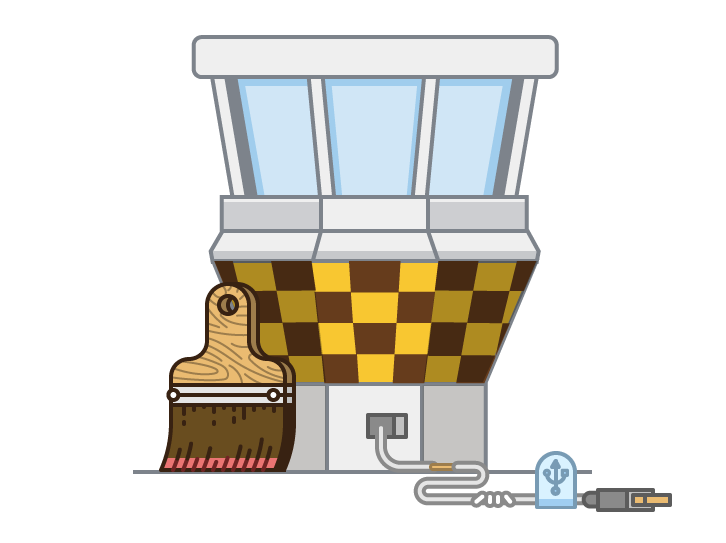
Tower is the best Git client for Mac and Windows - used by 80,000+ people in companies like Apple, Microsoft, Amazon and Google to make Git easy.
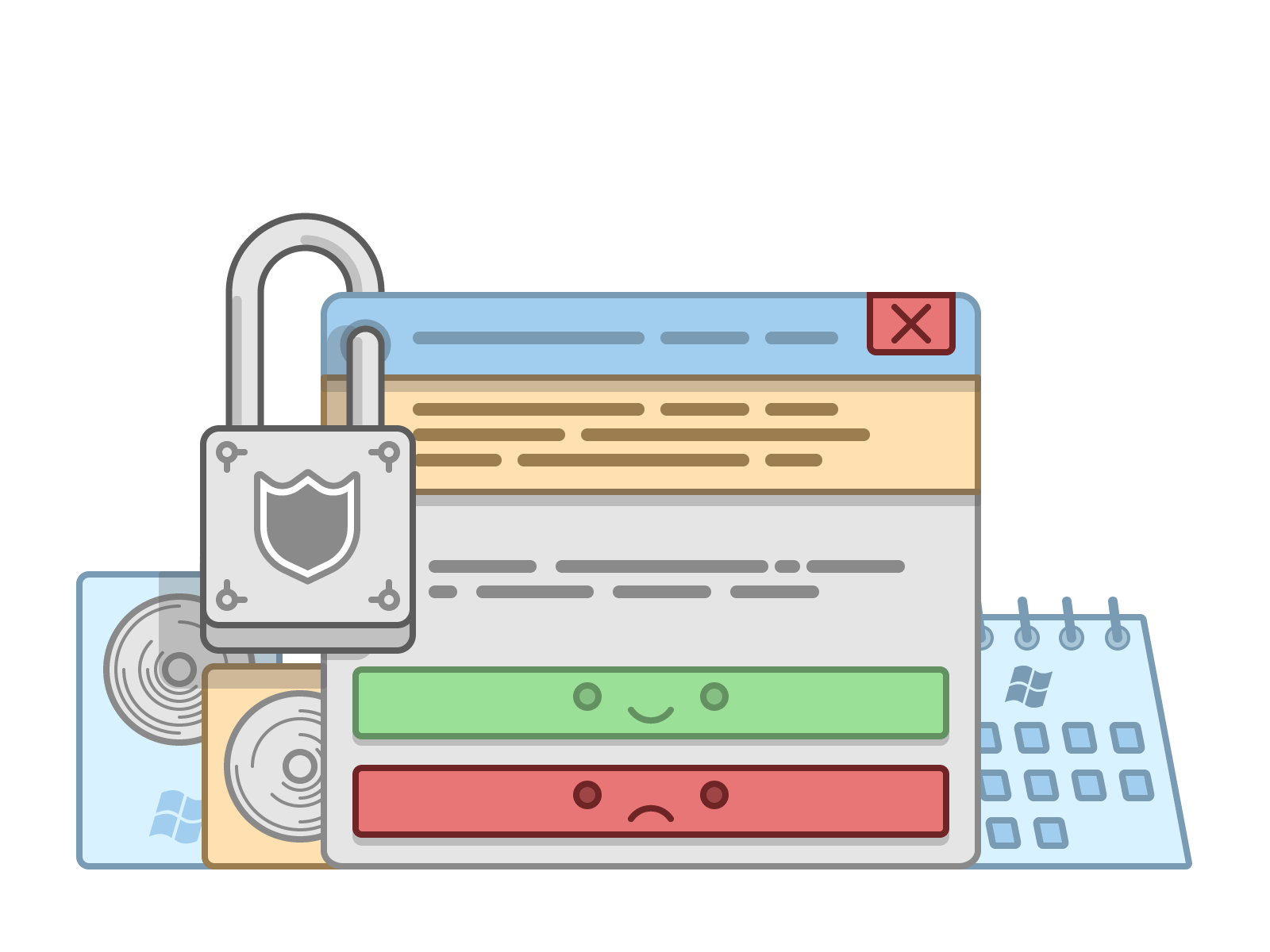
With its Aero guidelines, Windows Vista presented the platform in a completely new design. This also included many smaller changes - like the replacement of the familiar Start button with just the Windows icon.
Besides, Vista featured a reworked and (compared to Windows XP also much more restrictive) permission system called User Account Control.
As to new applications, Vista debuted Windows Calendar, Windows DVD Maker and a couple of new games.
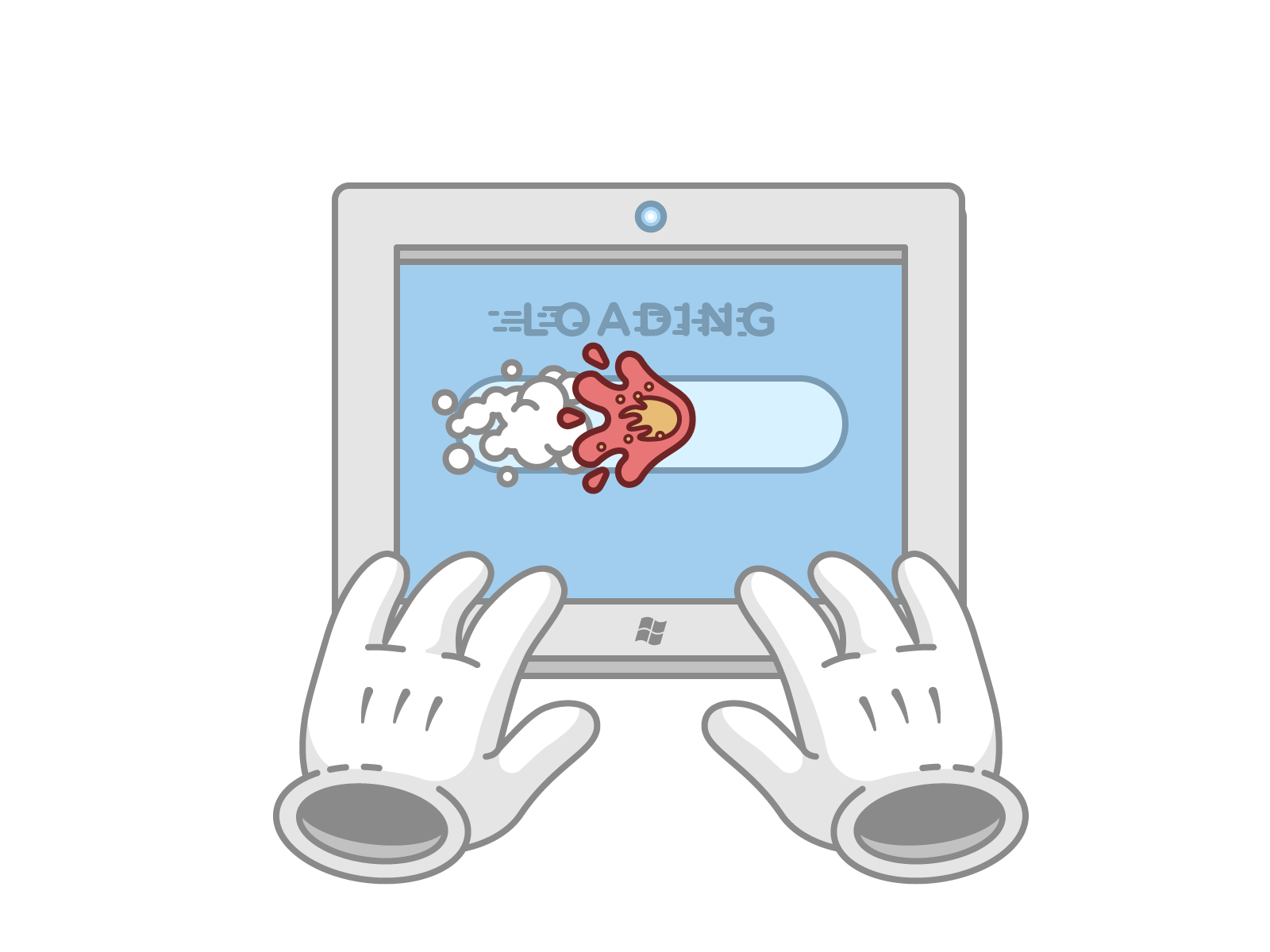
Windows 7 improved the platform in a lot of areas: it booted faster, introduced multi-touch support, improved window management and many things more.
In other areas, however, it went into reverse gear: Vista's new User Account Control was made less obtrusive and the just introduced sidebar (together with several applications) was removed completely.
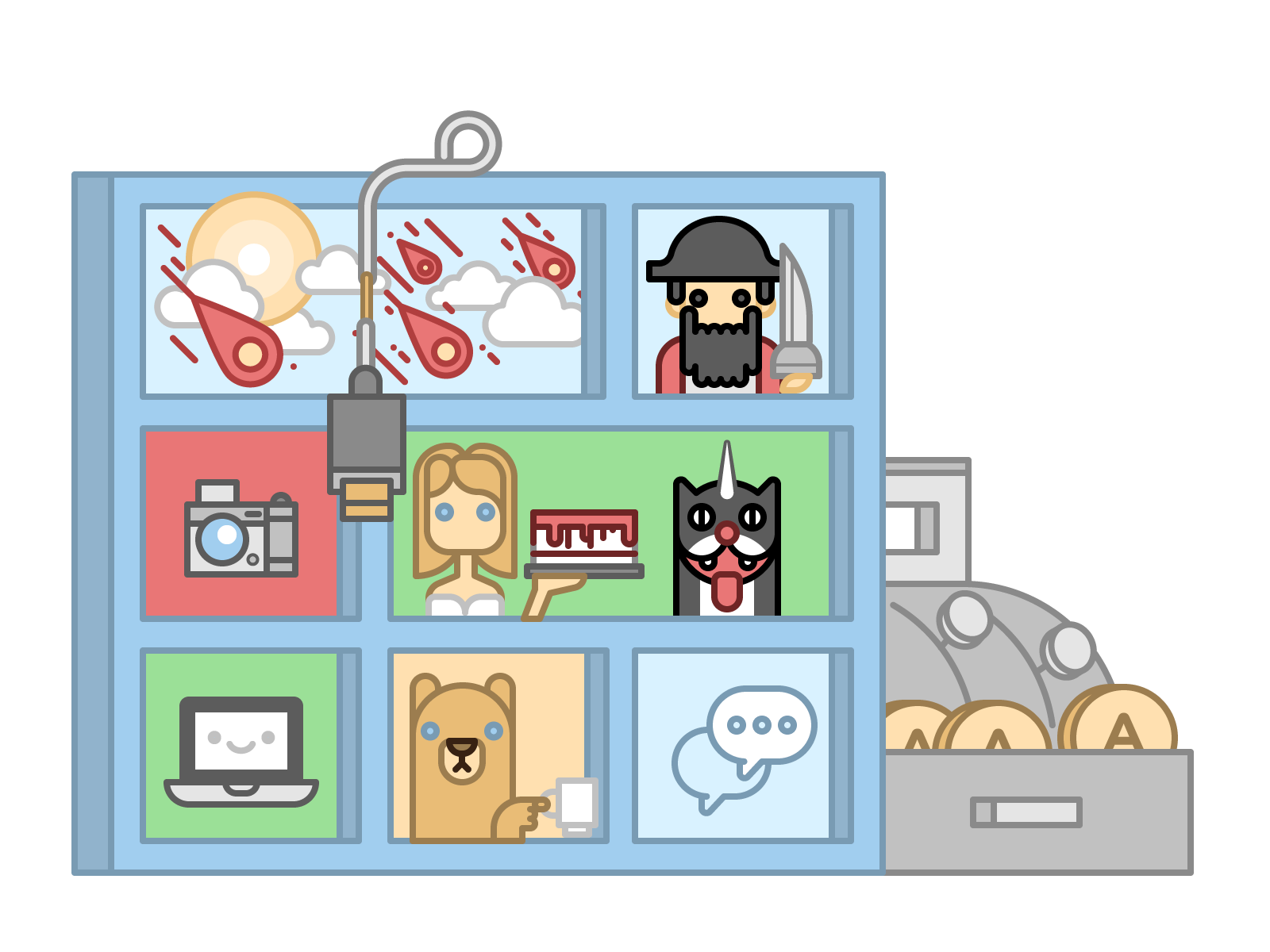
The most extensive visual update in recent versions, Windows 8 not only presented a new look - but also a completely new user interface and experience. It picked up the current visual trends with a flat design and strongly propagated a full-screen window mode.
Featurewise, Windows 8 brought support for USB 3.0 and debuted the Windows Store.
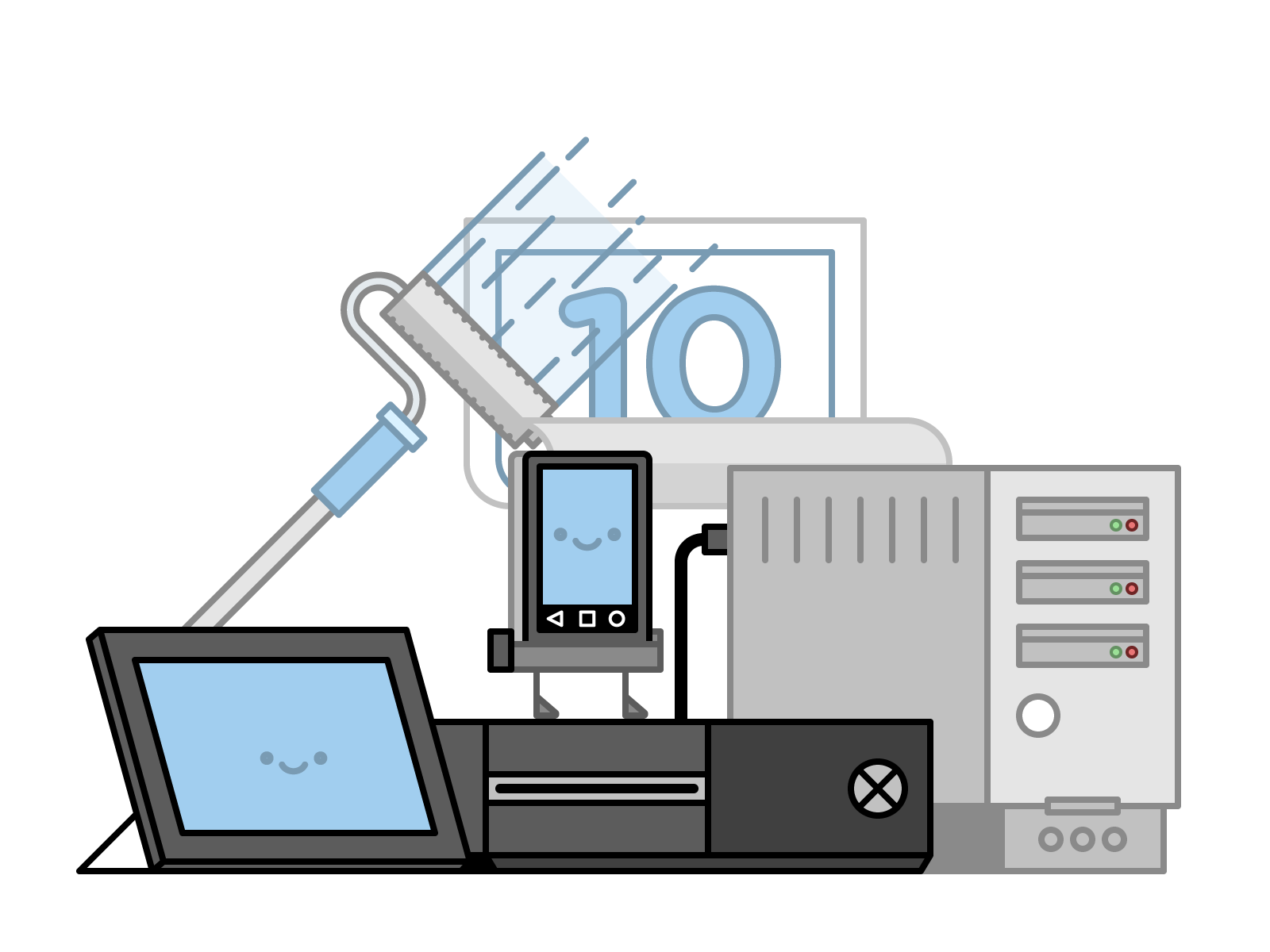
Microsoft decided to call its latest update "Windows 10", skipping version 9. One reason might be the project's scale and importance: Windows 10 provides a common platform for many devices from smartphones to tablets and PCs.
Novelties are many: a new default web browser named Edge, support for fingerprint & face recognition login, and the intelligent personal assistant Cortana.
Lastly, Windows 10 also broke new ground in terms of pricing: upgrading from Windows 7 and 8 was free during the first year.
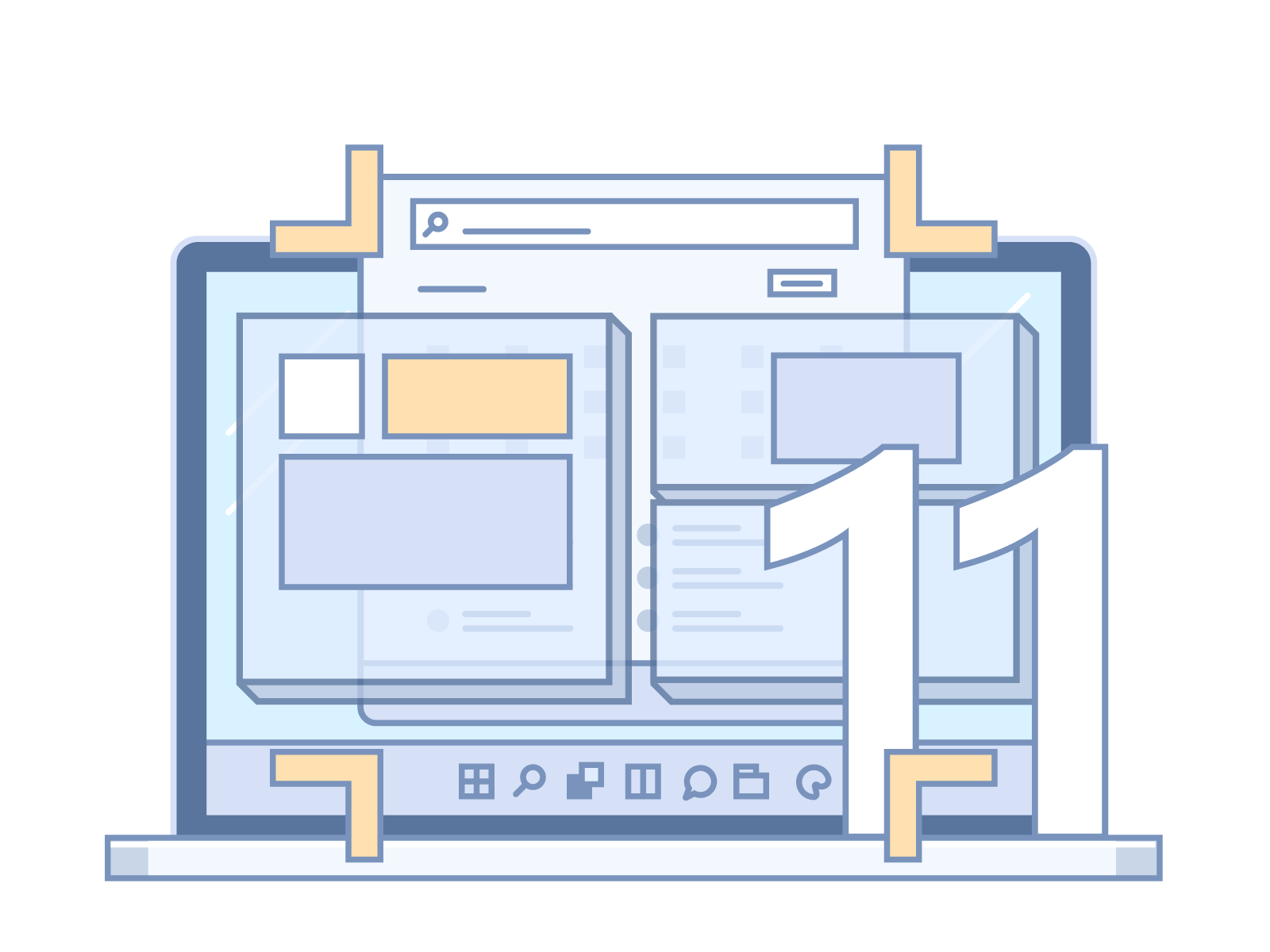
This update brings a cleaner design, with tightly rounded corners and new transparency effects and animations. The iconic Start menu has moved to the center of the screen, along with the Taskbar.
Window management is easier with Snap Layouts, which offers a selection of window layouts to distribute apps across the screen. These layouts can be saved and used separately on each desktop.
Android apps are now available for Windows 11 through the Microsoft Store, and gaming enthusiasts can run Xbox Game Pass games on their PC.
We help over 100,000 users in companies like Apple, Google, Amazon, Twitter, and Adobe to easily & productively work with the Git version control system.